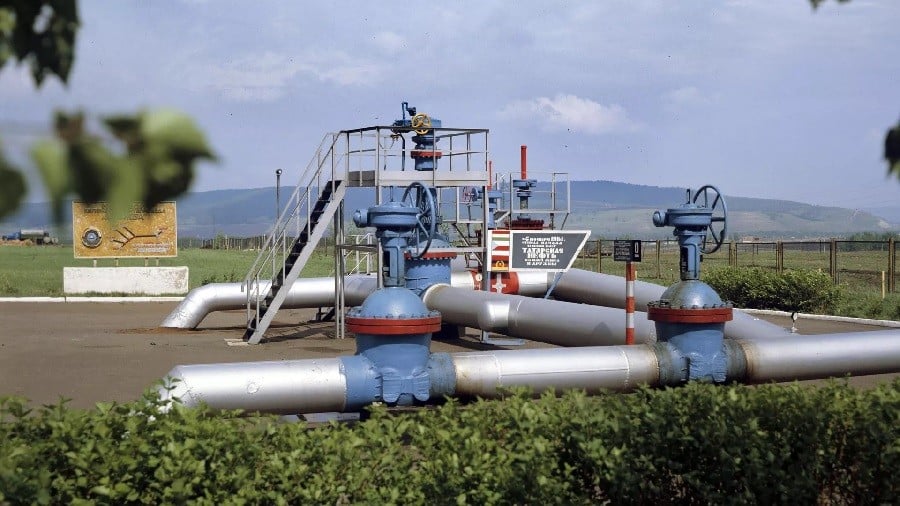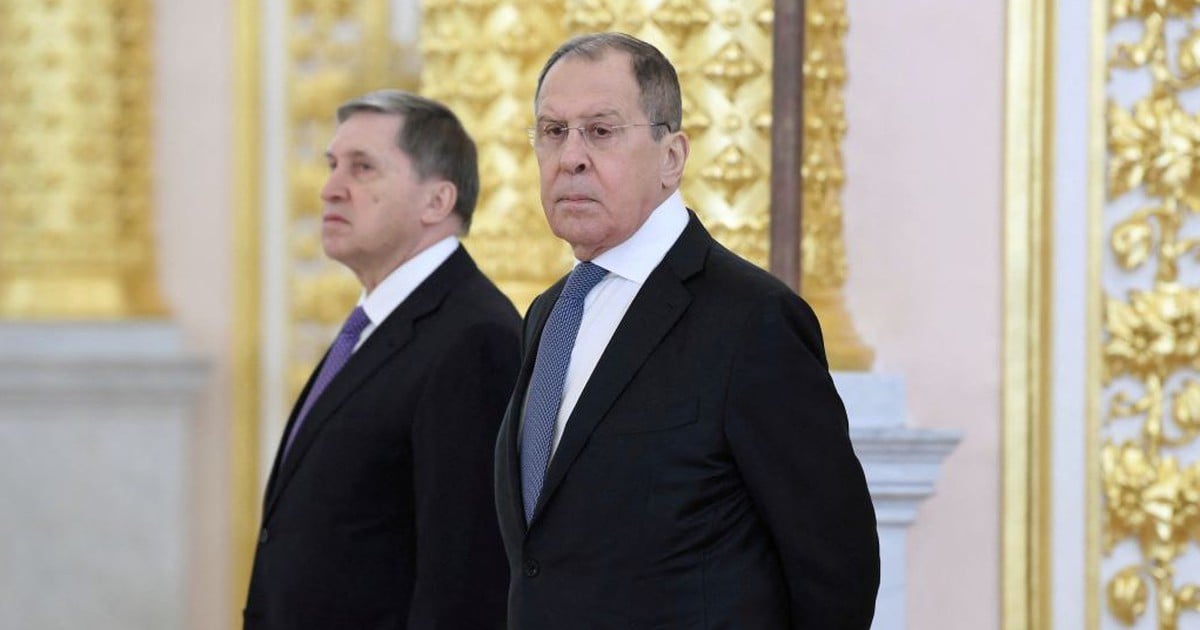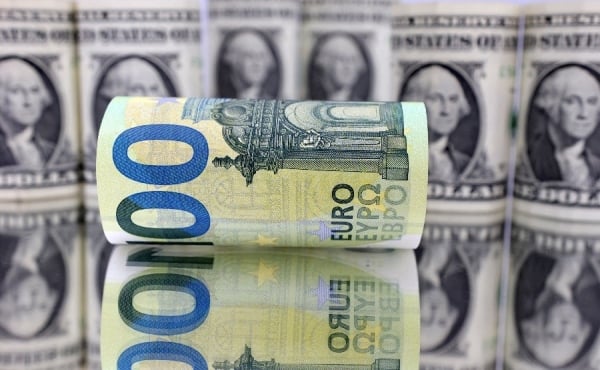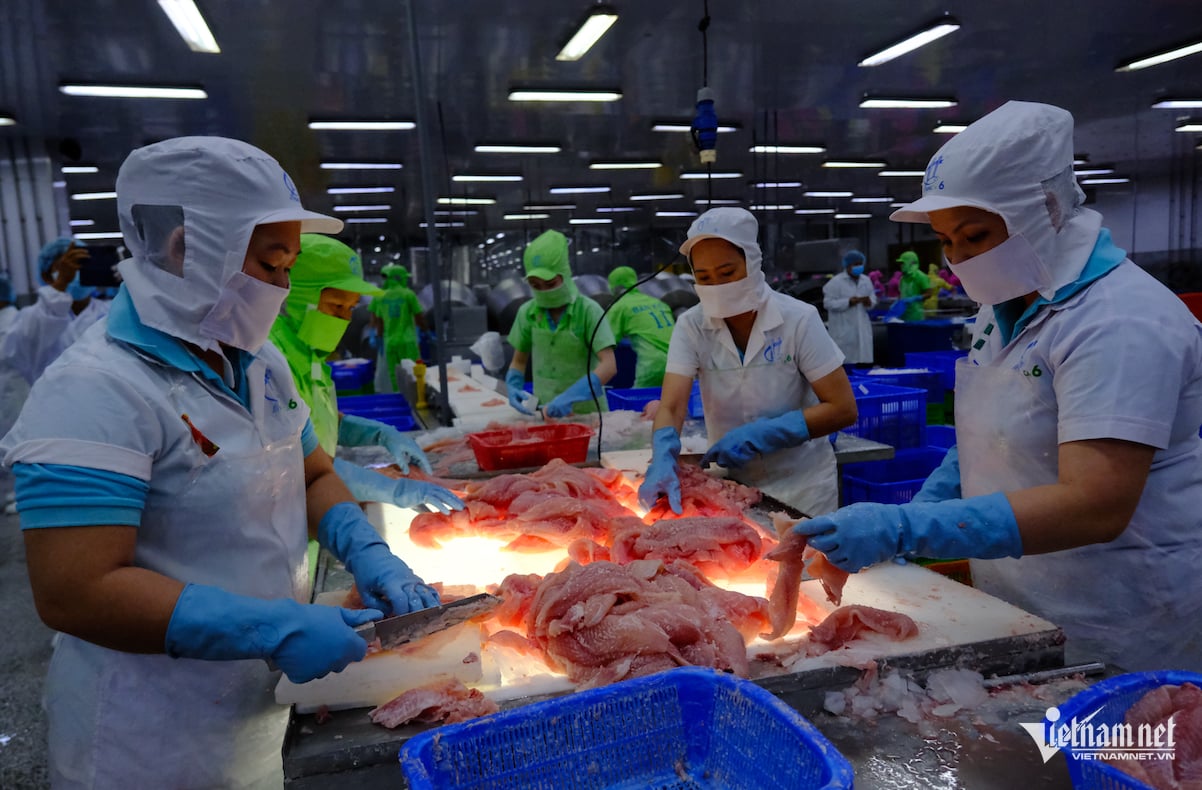 |
| Russian oil surpasses G7 and EU sanctions. (Source: Sputnik) |
The West agreed to a $60/barrel price ceiling for Russian seaborne oil exports in December 2022. In February this year, the group continued to impose similar restrictions on Russian oil product exports.
The mechanism works by allowing Western companies to transport, trade or insure Russian oil only if it is sold at or below $60 a barrel.
Although Russia's oil and gas sales revenue fell 46% year-on-year to 426 billion rubles ($4.6 billion) in January 2023 after the price cap was first implemented, it has since increased significantly.
Russia's oil and gas revenue reached 1.635 trillion rubles ($17.6 billion) in October, more than double the figure in September and up more than a quarter since October 2022, according to the latest data from the Russian Finance Ministry.
The Wall Street Journal noted that the change was due to Moscow successfully overcoming the price ceiling.
"Russia has shifted its crude oil export operations to an old fleet of tankers, also known as the shadow fleet," the US newspaper asserted.
A recent report by the Kiev School of Economics found that Russia’s tanker fleet will number 180 vessels by September 2023. The size of the fleet ensures that most Russian exports are not affected by the price cap mechanism.
In addition, Russia's biggest oil customers, China, India and Türkiye, have not joined the West's price cap. Russia has diverted oil previously destined for the West to these countries.
With buyers now secured, Russia has gradually reduced the discount on oil exports that it introduced earlier this year.
Source



![[Photo] A brief moment of rest for the rescue force of the Vietnam People's Army](https://vstatic.vietnam.vn/vietnam/resource/IMAGE/2025/4/3/a2c91fa05dc04293a4b64cfd27ed4dbe)
![[Photo] General Secretary To Lam receives Japanese Ambassador to Vietnam Ito Naoki](https://vstatic.vietnam.vn/vietnam/resource/IMAGE/2025/4/3/3a5d233bc09d4928ac9bfed97674be98)
![[Photo] Prime Minister Pham Minh Chinh chairs meeting after US announces reciprocal tariffs](https://vstatic.vietnam.vn/vietnam/resource/IMAGE/2025/4/3/ee90a2786c0a45d7868de039cef4a712)
![[Photo] Moment of love: Myanmar people are moved to thank Vietnamese soldiers](https://vstatic.vietnam.vn/vietnam/resource/IMAGE/2025/4/3/9b2e07196eb14aa5aacb1bc9e067ae6f)
![[Photo] Special relics at the Vietnam Military History Museum associated with the heroic April 30th](https://vstatic.vietnam.vn/vietnam/resource/IMAGE/2025/4/3/a49d65b17b804e398de42bc2caba8368)


























































































Comment (0)